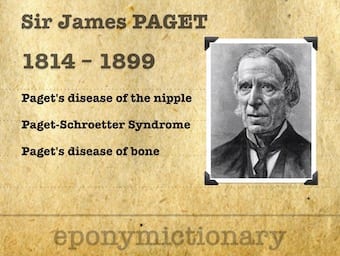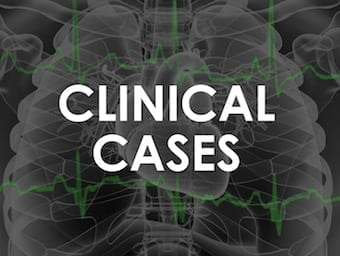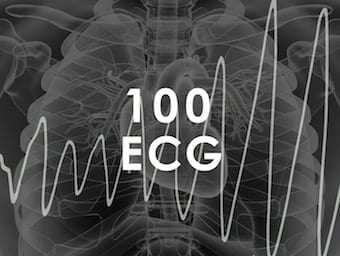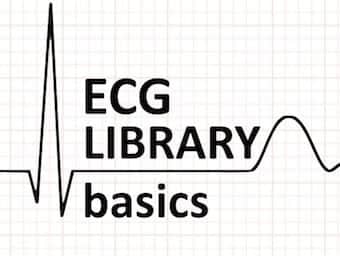
James Paget
Sir James Paget (1814 - 1899) was a renowned English surgeon. In a career spanning eight decades, with research and practice in surgery, as well as serving the royal family during Queen Victoria’s reign

Sir James Paget (1814 - 1899) was a renowned English surgeon. In a career spanning eight decades, with research and practice in surgery, as well as serving the royal family during Queen Victoria’s reign

Issue 2 (Vol. 27) of Emergency Medicine Australasia (EMA Journal) for 2015 published online 25 March. Editorial overview Andrew Gosbell & Geoff Hughes
Ferdinand-Jean Darier (1856-1938) was a Hungarian born, French dermatologist and physician. Affiliated with Darrier sign and Darier disease

It's Friday. Boggle your brain with FFFF challenge and some old fashioned trivia. Funtabulously Frivolous Friday Five 272

An ECG case of Bidirectional ventricular tachycardia focusing on two main causes: digoxin toxicity & catecholaminergic polymorphic VT - CPVT

Alistair Nichol explains why the "favourability" of outcomes from brain trauma in the RESCUEicp trial are in the eye of the beholder.

Funtabulously Frivolous Friday Five 184 - Just when you thought your brain could unwind on a Friday, some medical trivia FFFF.

ECG of a 7 year old boy presenting with intermittent feeling of 'butterflies fluttering' in his chest

A 24 year old woman fell on an outstretched hand while playing netball. Describe her forearm X-ray

Thomas test is a physical examination test, first described in 1875 by the Welsh bonesetter Hugh Owen Thomas (1834–1891)

Worked examples of the three main methods to calculate ECG rate, along with an explanation of paper speeds and relevant clinical applications

The following is the haemtological profile of a 22-year-old previously healthy female admitted to ICU with community acquired pneumonia